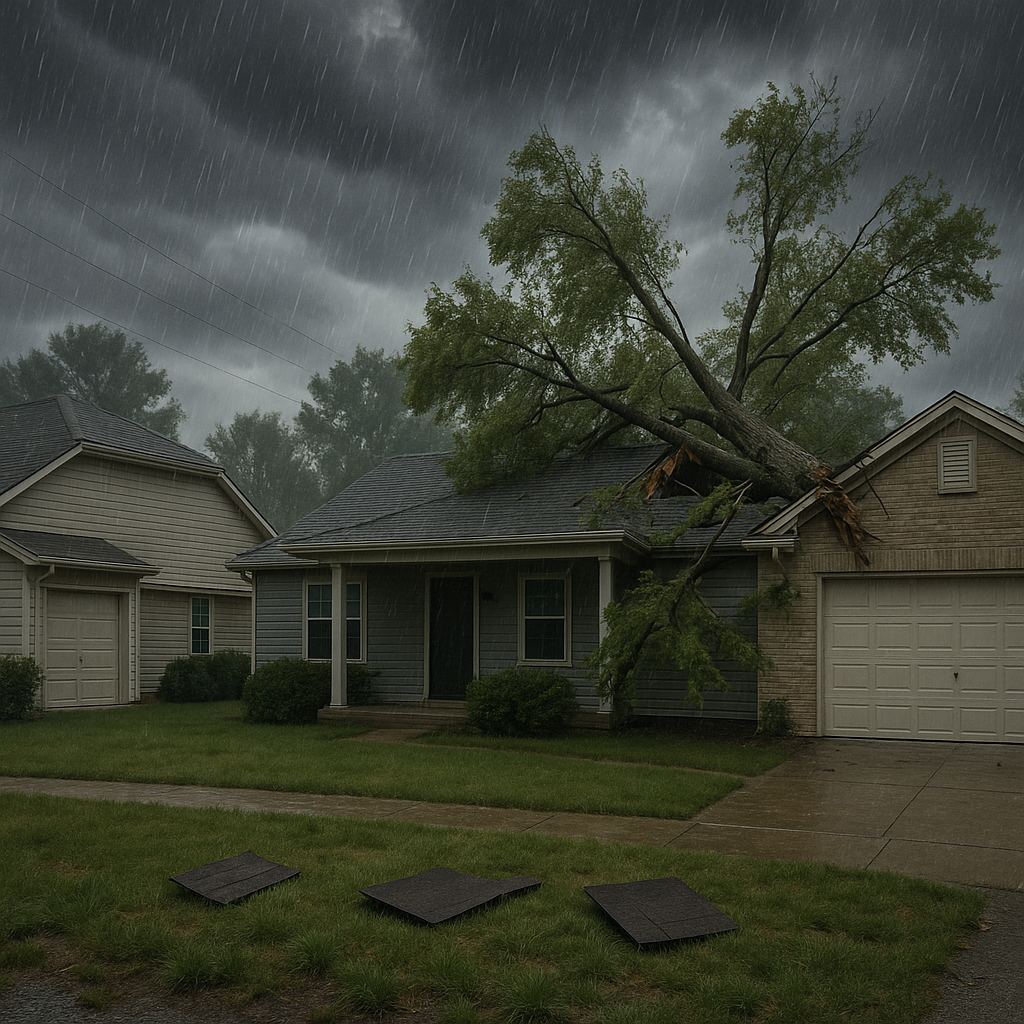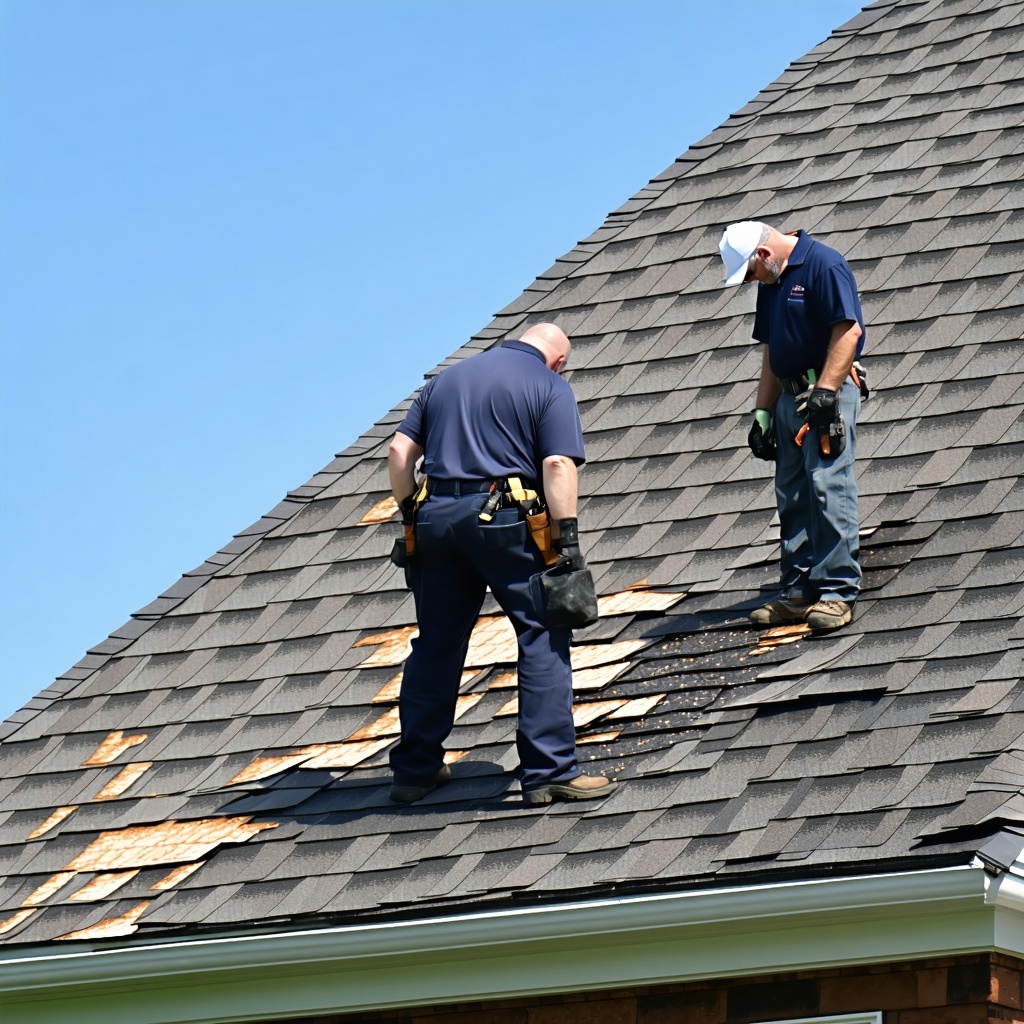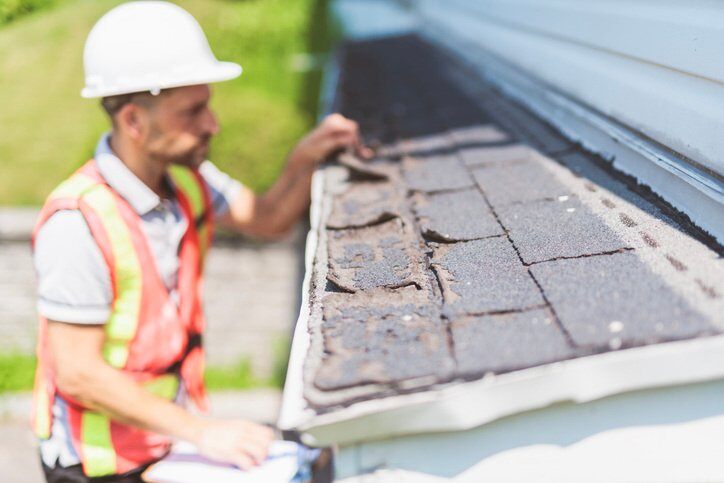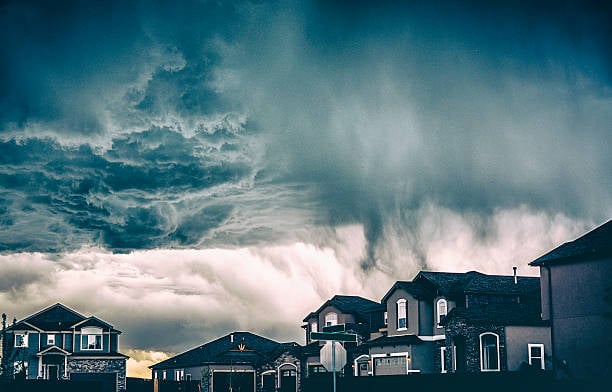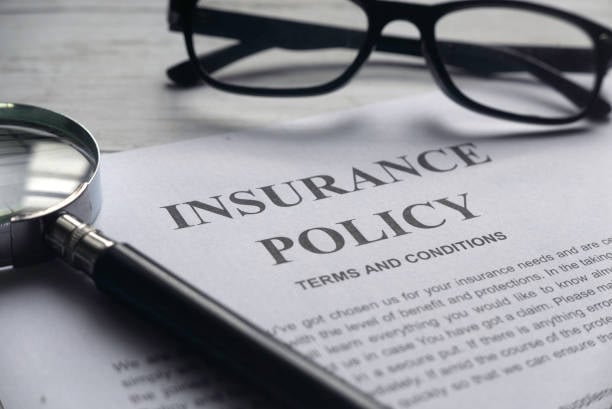What is the Difference Between a Named Storm Deductible and an All Other Perils Deductible?
January 10th, 2024
3 min read
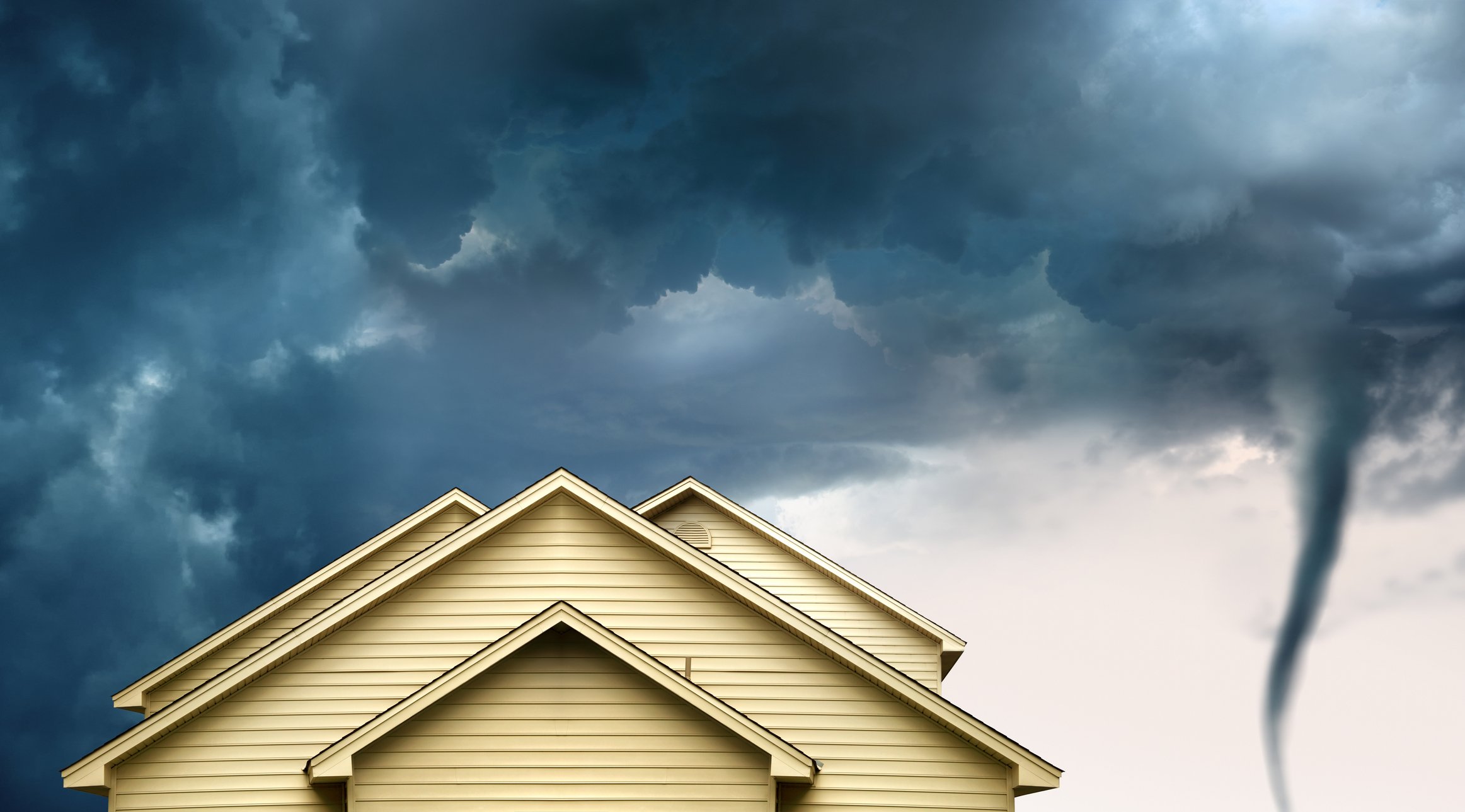
Confusion about your insurance deductible can leave you unprepared for costly repairs. Knowing the difference between named storm and all-other-perils deductibles can save you from surprises.
And considering how deductibles can affect you, you may be interested in understanding insurance deductibles so that you know what you will have to pay out of pocket in the instance of an insurance claim.
With decades of experience assisting hundreds of homeowners, Linta Roofing ensures you have the clarity and support to confidently navigate insurance claims. We know this process can be daunting.
So it is our goal to clear up any confusion between named storm and all other perils insurance deductibles.
A rule of thumb in the world of homeowners insurance is that you will be responsible for paying a deductible if you make an insurance claim. However, that amount can vary based on how your insurance company assesses the damage to your home.
Your deductible will be the minimum that you will be responsible for paying out of pocket if you file an insurance claim. Every policy is different, however, most policies have 2 different types of deductibles. A “Named Storm” deductible and an “All Other Perils” deductible.
In this article, you’ll learn the key differences between named storm and all-other-perils deductibles and how they impact your out-of-pocket costs.
How to Calculate Your Named Storm vs. All-Other-Perils Deductibles
You can consider your deductible like a co-pay at the doctor’s office. Your deductible is the amount you’re responsible for paying out of pocket before your insurance kicks in. Most policies include two types of deductibles:
-
Named Storm Deductibles: Typically 3% to 5% of your home’s insured value. For example, if your home is insured for $300,000 and your deductible is 3%, you’ll pay $9,000 out of pocket.
-
All-Other-Perils Deductibles: Generally a fixed amount, such as $1,000 to $2,500, or a percentage (1%-2%) of your home’s value.
 It's important to note that named storm deductibles are significantly higher than all-other-perils deductibles, so understanding which applies to your unique scenario is crucial.
It's important to note that named storm deductibles are significantly higher than all-other-perils deductibles, so understanding which applies to your unique scenario is crucial.
For example:
- A homeowner with a $300,000 policy and a 5% named storm deductible would pay $15,000 out of pocket for hurricane damage.
- For hail damage under an all-other-perils deductible, the same homeowner might only pay $1,500.
It is important to note that the amount of damage to your roof has to equal more than your deductible amount to receive a payout from your insurance company. Based on the damage to your roof, you may be eligible for a named storm deductible or an all-other-perils deductible.
But what type of damage constitutes each deductible? Let’s take a look.
What is a Hurricane or Named Storm Insurance Deductible?
A named storm deductible is implemented when you have experienced damage to your home due to any named storm, including a hurricane or a tropical storm along the coast.
For example:
- Hurricane Irma
- Tropical Storm Ida

Your insurance company will typically have a higher deductible in your policy for named storms as you are more likely to receive significant damage from named storms.
If you have damage from a wind or driving rain, the named storm deductible may not be applicable for you. In this case, you are more likely to pay the all-other-perils deductible.
What is an All-Other-Perils Deductible?
An all-other-perils deductible is designed to encompass a broad range of damages. Unlike a specific peril deductible, which applies to particular types of damage like windstorm or fire damage, the all-other-perils deductible is more general.
This could include damage from:
- driving rain
- windstorms
- hailstorms
- fire damage
- flooding
- burst pipes.
An all-other-perils deductible amount tends to be anywhere between $1,000 to $2,500 It could also be a percentage of the property value, such as 1% or 2%. All-other-perils deductibles provide more affordable coverage for everyday risks compared to named storm deductibles.
The amount of the deductible and the specific perils covered can vary between insurance providers, so it is necessary to be aware of the coverage details to ensure adequate protection in the event of loss.
 Whether you've filed an insurance claim in the past or this is the first time you've considered filing an insurance claim, it's no secret that the process can be quite confusing. Not only do insurance companies speak their own language, they can also require lots of documentation to ensure they know the source of the damage to your home.
Whether you've filed an insurance claim in the past or this is the first time you've considered filing an insurance claim, it's no secret that the process can be quite confusing. Not only do insurance companies speak their own language, they can also require lots of documentation to ensure they know the source of the damage to your home.
This is why we recommend having a roofing expert help you through the insurance process. Having a roofer with experience can help you navigate any issues with your home seamlessly, taking the headache out of the damage and the insurance process.
Simplify the Insurance Claims Process with an Expert Roofer
Navigating the insurance claims process when you have damage to your home can be quite stressful.
Understanding your deductible amounts can help ease some of that stress as you move forward.
Knowing your deductible is just one part of the insurance claims journey. To make the process smoother:
-
Review your policy’s declarations page for detailed deductible information.
-
Work with a trusted roofing contractor, like Linta Roofing, to guide you through the claims process.
-
Prepare for common scenarios, such as named storms, with a clear understanding of your financial responsibilities.
Even with all of the moving parts involved in your insurance claim, it is important for you to have the clarity you need. Be sure to check your declarations page as you continue through this process.
If you need any additional help, your local roofers at Linta Roofing are available to assist you through this process and provide you with the peace of mind you deserve.
Jeffrey Linta is a 3rd generation roofer who grew up working in his family's roofing business (Linta Roofing, Inc.). He got his start tearing off roofs during the summer while attending North Myrtle Beach High School. Now running one of the most successful roofing businesses in the Grand Strand area, Jeffrey has lived and breathed roofing for his entire working career. Some of his accolades include GAF Master Elite Contractor, SC Safehome certified contractor, Group 5 SC Licensed Commercial Contractor, and GAF Master Commercial roofing contractor. Under his leadership, Linta Roofing, Inc. has served thousands of homeowners and business owners in the Grand Strand area. Linta Roofing achieved awards like the Sun News’s “Best of the Beach” and A+ Rating with the Better Business Bureau all while receiving hundreds of 5-star reviews year after year. Jeffrey is a Grand Strand born and raised local. When he is not running Linta Roofing, he spends time fishing with his wife Erica and walking the beach with his dog Dixie.
Topics:
.png?width=200&height=78&name=LR_Logo_vector_horizontal_color_shadow%20(1).png)

